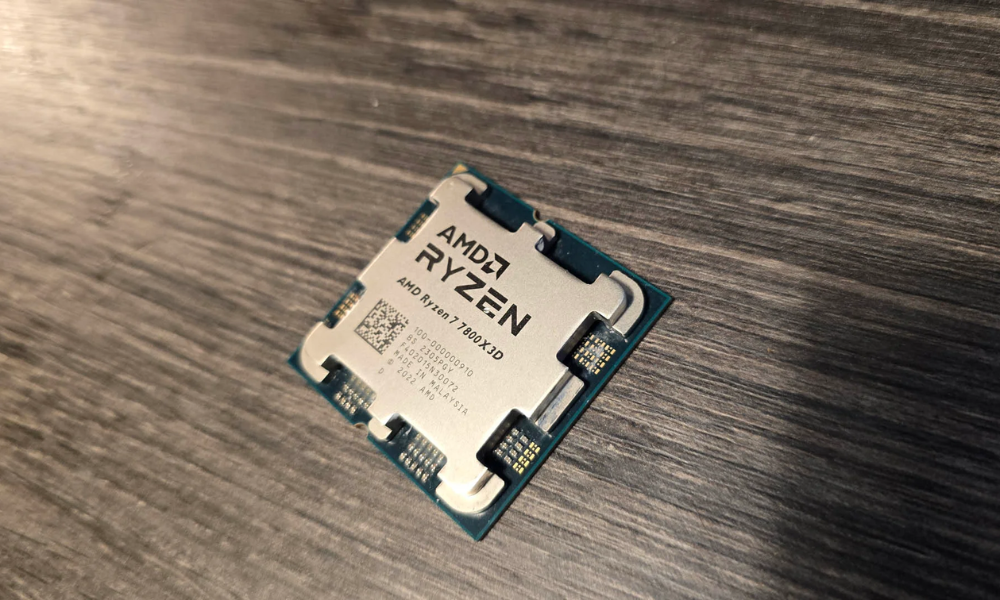Hybrid models are the new, dynamic, way of working

Hybrid models are the new, dynamic, way of working. Gone are the days spent trapped in the office, working 9 -5 at the same desk, five days a week. Instead, employers are looking to blend remote and in-person work, letting people split their time between their homes and their workplaces.
COVID-19 acted as a catalyst for hybrid models – giving employers the opportunity to trial WFH, monitoring productivity and morale at the same time. However, remote work is still a divisive issue for many larger organizations – with some executives calling for a swift return to the office.
HRD spoke to Jennifer Bouyoukos, EVP, Global HR at Entertainment One and speaker at our upcoming HR Tech Summit, who revealed the core concerns employers have when it comes to hybrid work.
Read more: How to engage remote employees
“Employers need to approach hybrid work as an evolving model for their organization and be prepared to adapt as they go along,” she told HRD. “It won’t be the solution to everything flexibility related, and, in fact, a hybrid model may create more challenges than anticipated. You need to be ready to execute, measure, listen, and change - if and when required. It’s best to approach the hybrid model in two ways; where we work and how we work. Create working groups with expertise and interest in both of these areas so you have input from different groups which sets your model up for the best shot at success. Think about things like equipment, collaboration tools, hours in the office, cultural norms and meetings, and how these issues could be different for various functions or locations.”
Read more: Feeling lazy? It's pandemic procrastination
One of the main areas of concern for executives in relation to remote work is managing teams virtually. While it’s understandable that C-suite leaders worry over monitoring remote workers, 77% of employees claim to be more productive WFH. For team leaders, Bouyoukos believes that compassion and empathy are they keys to success.
“Good managers will lead their hybrid team with a sense of belonging at the forefront,” she told HRD. “They need to be uber sensitive to how the individual members of their team work best. For instance, are they visual learners or audio processors? Ensure that communication and engagement strategies are more targeted and not a ‘one-size-fits-all’. This may be a completely new way of managing for some and some people will need training to flex these new muscles as leaders. For example, those who had monthly one-to-ones may need to move these to bi-weekly in order to stay connected with an employee. When thinking about how your team collaborates and work gets done, not being physically together will leave some feeling as they’re missing the bigger picture. Think about reimaging workflows and involving more employees in the process at the start – that way they’ll really appreciate their contributions and understand their impact on the organization.”
To hear more from Bouyoukos and other industry leaders, register for HRD’s HR Tech Summit here.






